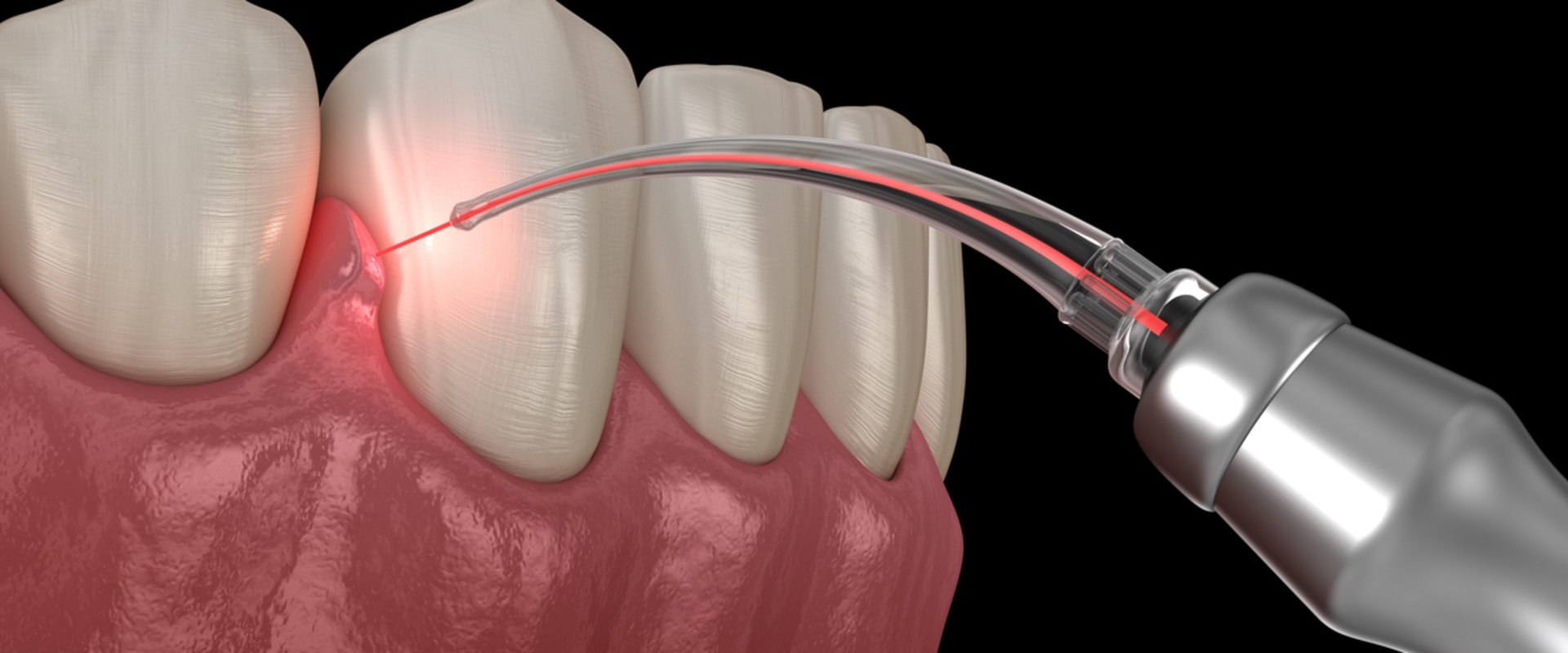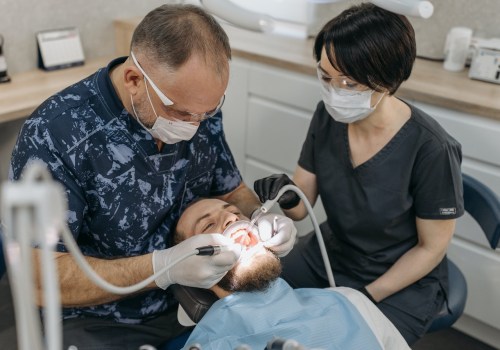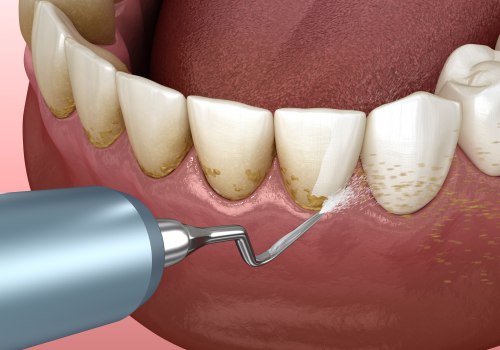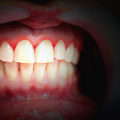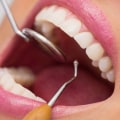Flap surgery, also known as pouch reduction surgery, is a common procedure used to treat periodontal disease. This type of surgery reveals the roots of the teeth to scrape and smooth them more effectively. As periodontitis often causes bone loss, the shape of the underlying bone may change before the gingival tissue is re-sutured. During this procedure, the periodontist bends back the gum tissue and removes the bacteria that cause the disease.
Membranes (filters), bone grafts, or tissue-stimulating proteins can be used to stimulate the body's natural ability to regenerate bones and tissues. Healthy teeth start with healthy gums, and red and swollen gums can be a sign of periodontal disease, which can lead to tooth loss and affect your smile, health, and overall appearance. Treatment options for periodontal disease depend on its severity, and one of these options is laser gum surgery. Laser gum surgery is being touted as more effective than traditional methods for treating periodontal disease.
Soft tissue grafting, also known as gum grafting or gum regeneration, may be a good option for patients who have gingival tissue retracted as a result of gum disease. During this procedure, the dentist will remove a piece of tissue from the palate or other part of the mouth to restore it around the tooth. Adding tissue to infected areas can help prevent further damage and reduce sensitivity. Laser gum treatment (LANAP) is becoming increasingly popular among periodontists for treating gum disease.
This treatment for advanced gum disease is also known as gingival surgery or flap surgery, and may be necessary if you have periodontal disease that doesn't respond to scaling and root smoothing. During gum graft surgery, the periodontist removes gingival tissue from the palate or from another donor to cover the exposed root. If you think you might benefit from laser gum treatment, contact your local periodontist for more information. Types of periodontal disease range from gingivitis, which causes the gums to turn red and bleed easily, to chronic periodontitis, which is characterized by inflammation between the supporting tissues and the teeth.
You should talk to your periodontist about how to properly prepare for bone surgery in your particular situation. At the end of the day, traditional treatments are just as effective or more effective for treating periodontal disease. Your dentist or periodontist may also recommend lengthening your dental crown in order to perform a restorative or cosmetic dental procedure. During a periodontal pocket procedure, the periodontist bends back the gum tissue and removes bacteria before fixing it in place.
This removes plaque and tartar that form around teeth in pockets and smooths out tooth and root so that gum tissues can come back together. This approach may show limited improvement in the short term but long-term success is very limited as periodontal pockets reappear and cause further damage. Sometimes a periodontist may need to perform a surgical procedure to treat periodontal disease and any damage it may have caused. While exfoliation, root smoothing, and other types of gum therapy can help treat mild or moderate cases of periodontal disease, advanced cases can only be effectively treated with gum surgery.
Scraping and root smoothing are one of the most reliable and traditional methods for treating periodontal disease. Several long-term studies published in specialized journals have demonstrated that pocket reduction (bone surgery) is the most effective method for treating advanced periodontal (gum) disease. Your periodontist may recommend a regeneration procedure when bone that supports teeth has been destroyed by periodontal disease.
